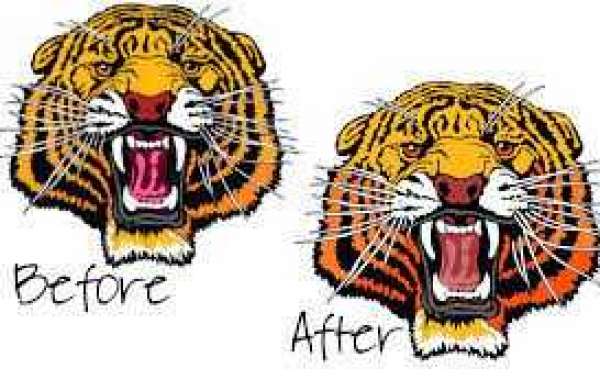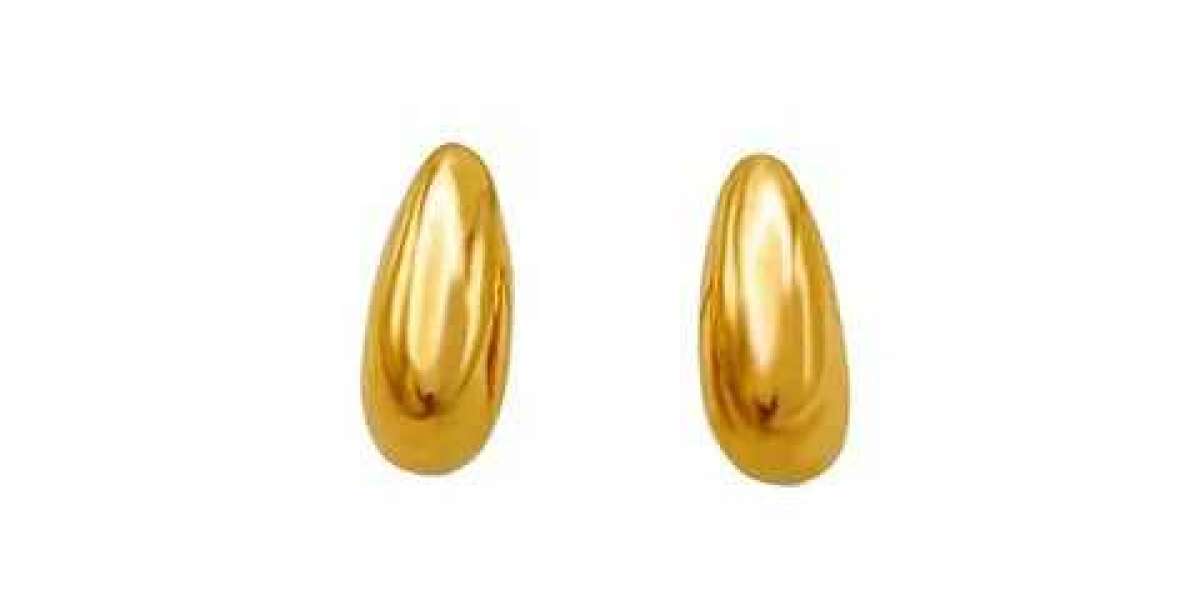Today in the world there is such an abundance of machine embroidery digitizing formats that you can get confused. But it is not so important to know all of them, as it is important to understand the difference between editable and working file formats.
In my opinion, you need to divide all files into 2 groups:
- Editable
- Workers
Editable files
These files have many names both in Russian and in the original language - English
In Russian it may sound like this:
- object
- original
- editable
- own
- Native, etc.
In English it is called like this:
- object file
- condensed file
- native file
These files contain information about all geometric parameters of element objects, their stitch attributes (densities and compensation in numbers, colors, applied functions, etc.). These properties can be easily modified, optimized and edited, and the stitches are automatically recalculated.
To open, they require the same editor in which they were created. In extreme cases, a "native" converter for this program. It will not work to convert one "native" format to another. But on the other hand, you can save any machine file that is editable.
Examples of file extensions for different editors:
- *.PXF to work with Tajima DGML By Pulse
- *.EMB to work with Wilcom
- *.DSG for embroidery digitizing services Office and Stitch Era
- .MLS for working with WingsXP or WingsModular, etc.
Each software has its own "native" format.
Working files
These files also have their own variants of names.
In Russian it may sound like this:
- stitch
- extended
- machine
- Worker, etc.
In English it is called like this:
- sew file
- stitch file
- machine file
- expanded file
Regardless of who and how they call them, these files are ready for embroidery; they are understood by the embroidery machine. Such a file contains only a set of X and Y coordinates for each stitch, functions for changing the thread color, trimming, and other data that a particular format can support. For example, the *.DST format, unlike *.DSZ does not contain information about the color.
The stitch format is not ideal. These files are difficult to edit. It is not recommended to scale them by more than 5-10%, both up and down. This is due to the fact that when increasing/decreasing the size, the stitches are not counted, but the design becomes more or less dense, the stitches are lengthened or reduced. This can lead to a loss in the quality of the embroidery.
This format can be likened to a raster image consisting of color blocks - pixels. When zoomed in, each pixel gets larger, and when zoomed out, it gets smaller. But this format is universal for recognition and conversion. It is seen by absolutely all programs from converters to editors.
The most common file extensions for different types of machines: DST, DSZ, DSB, EXP, HUS, JEF, PES, SEW, VIP, VP3, PEC, XXX.
SIMILAR ENTRIES:
- Dividing a machine file by sticks
I already once wrote that sooner or later I have to deal with editing ready-made machine files.
- Summary Table of Embroidery Machine File Format Extensions
Despite the fact that all machine files carries, in general, identical information about the coordinates of stitches and commands.
- How I entered leatherette embroidery into the theory of visual thinking
An interesting thought came to my mind today: but everything in machine embroidery also obeys Dan Roehm's cyclical scheme called "Visual Thinking".
- Wilcom TrueSizer 2.0 Converter
I will continue the topic of comparing converters (converters) from different developers and briefly go over the functionality of TrueSizer 2.0 from Wilcom. So. After opening this application, the user is waiting for the next.
- ARTsizer Converter by OESD
Something I lagged behind in life a little. It turns out that instead of its free Explorations Sizer converter, OESD released a new version of the converter called OESD.ART sizer.







